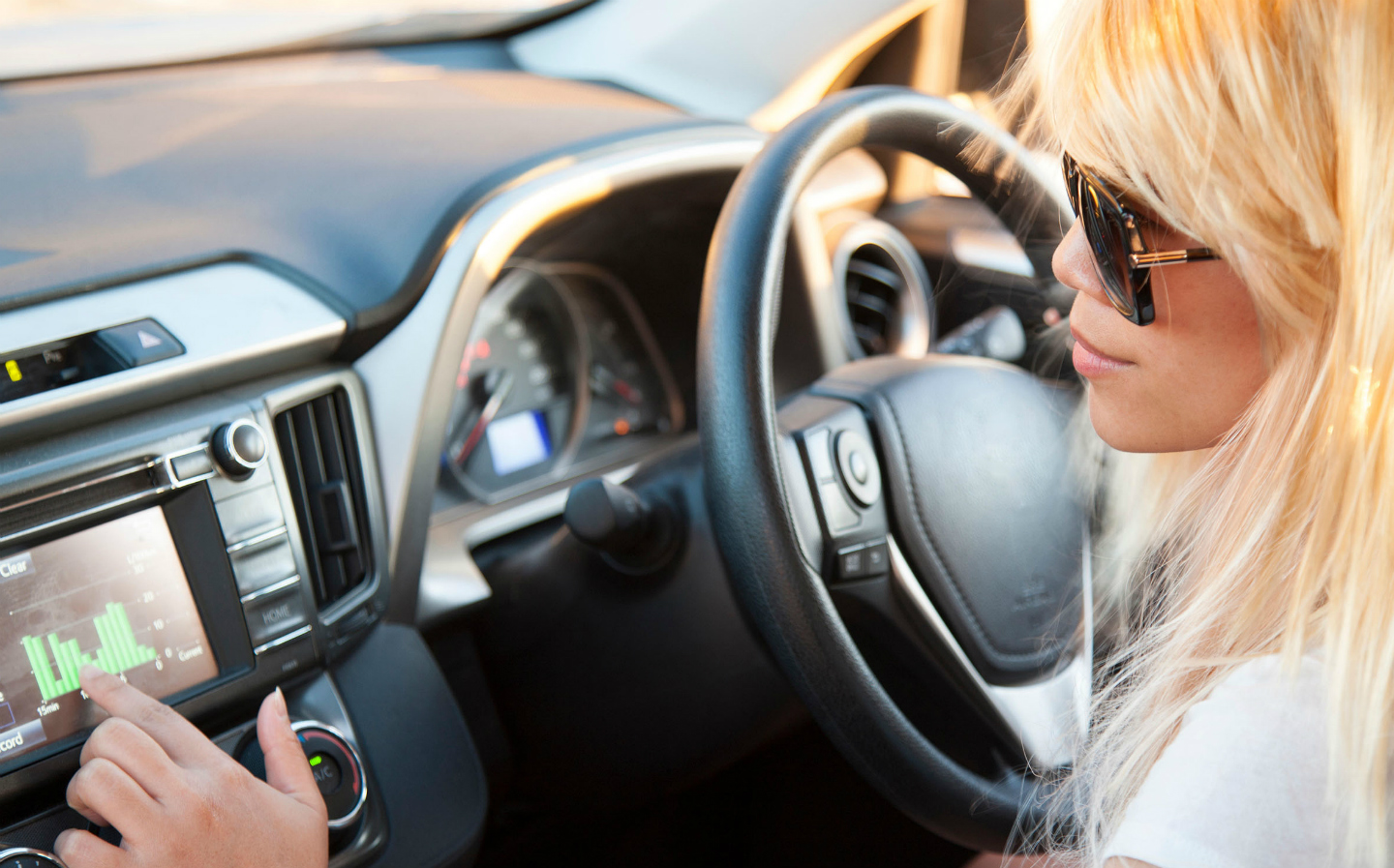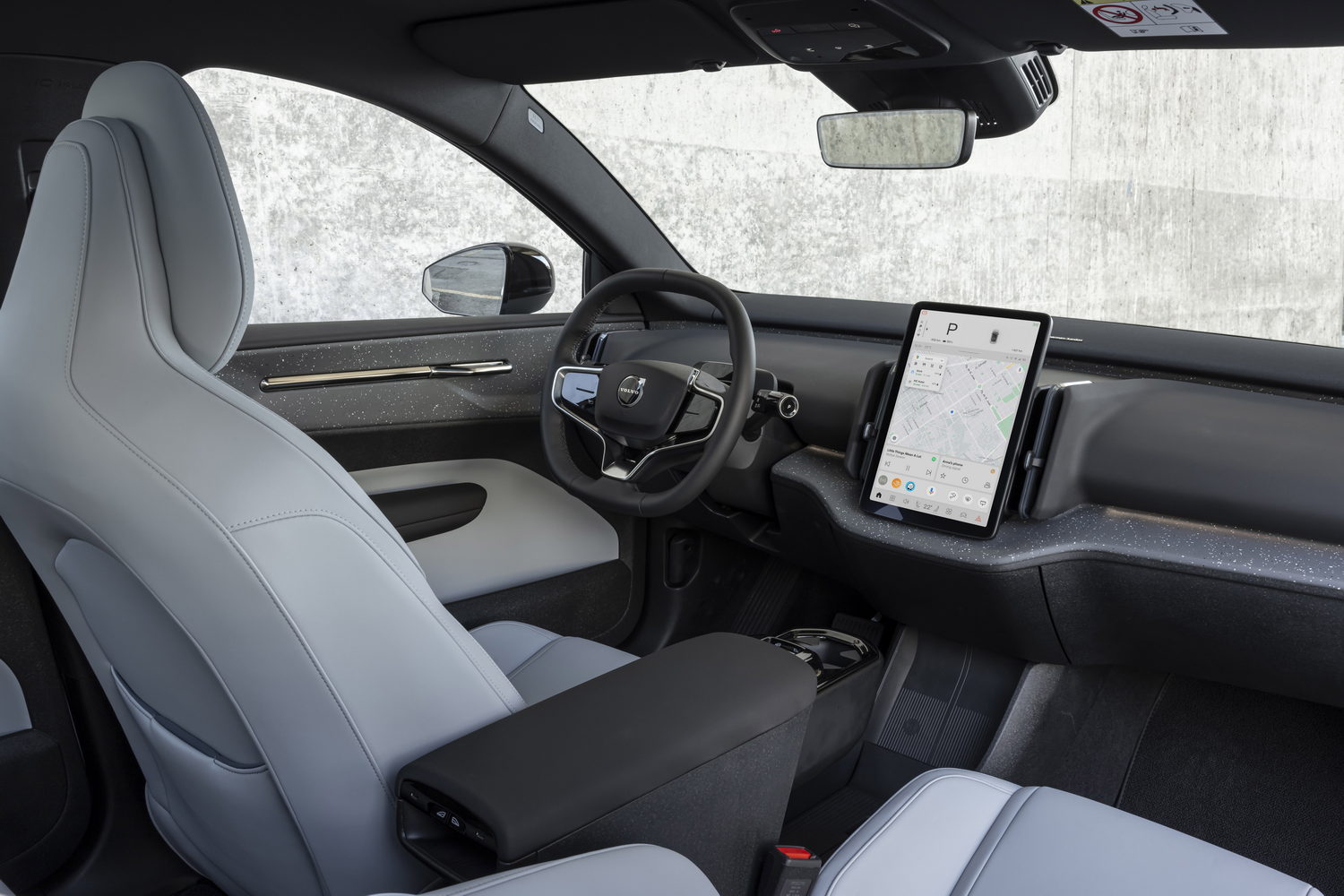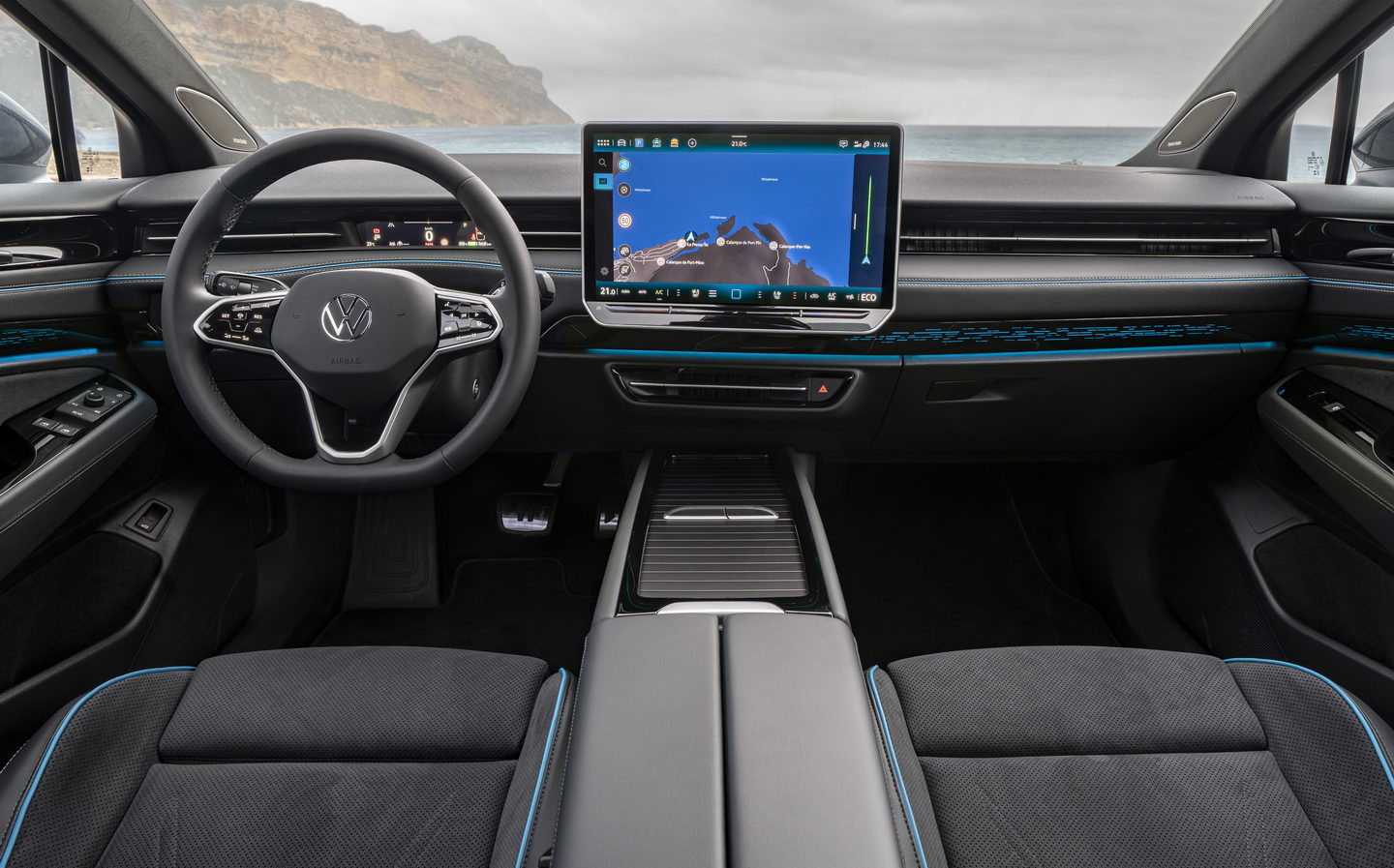Safety regulator tells carmakers to reduce reliance on touchscreens or face lower safety ratings
Elon Musk won't like this
Car makers have been told in no uncertain terms that their reliance on touchscreen-based controls is making our roads less safe, and they will have to change their ways.
The warning comes from the independent crash test body Euro NCAP (of which the UK’s Thatcham Research and Horiba MIRA are both members) which is setting out new testing rules that will penalise carmakers if they rely too heavily on touchscreen controls.
Under new rules, which are due to come into force from January 2026, manufacturers will be docked points if they don’t provide proper, physical switchgear for certain functions.
These include indicating directions, triggering hazard lights, sounding the horn, operating windscreen wipers and activating the eCall SOS function. That last one is a system required by legislation using a car’s built-in internet connection to phone the emergency services in the event of a crash.
Cars increasingly reliant on touchscreens
Carmakers have become increasingly reliant on touchscreens in recent years, as it allows them to offer regular system updates and upgrades with over-the-air software downloads. It also potentially opens new avenues for profit, by being able to sell the activation for some built-in options — such as heated seats or high-tech headlamps — after the car has been bought.
There’s also a potential cost saving in a touchscreen — it’s far cheaper, for instance, to add a line of code to create an on-screen button than it is to make a physical one and make sure that the button can pass all the usual reliability demands.
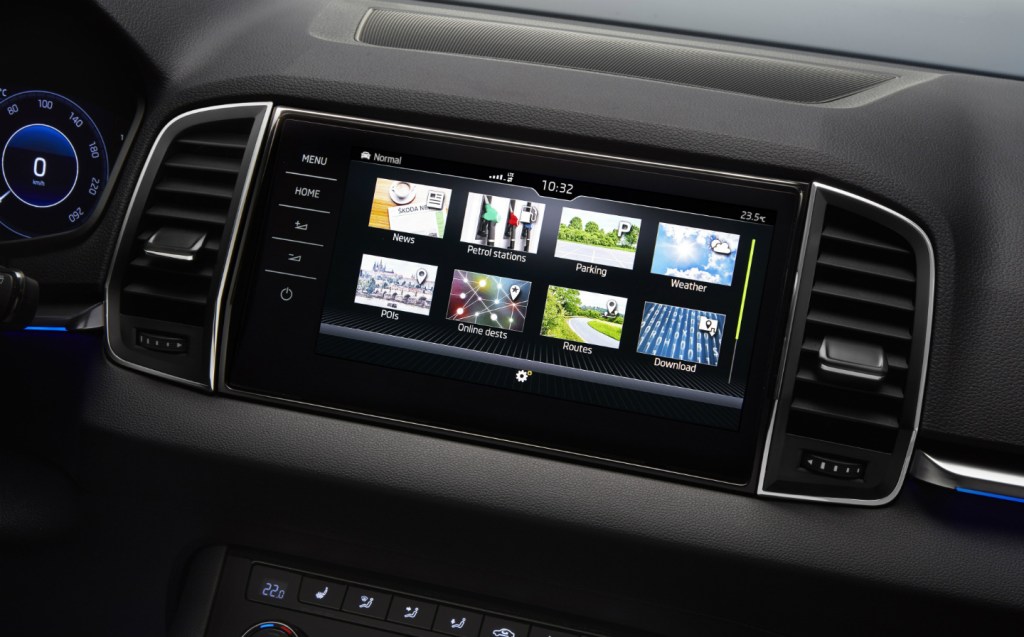
Euro NCAP’s tests are fully independent of governments, so the new rules are not laws, but carmakers use the organisation’s test results when promoting and advertising their new models, so any potential for missing out on a full five-star safety award will cause significant concerns.
Common sense at last?
Safety campaigners have been calling for a roll-back of touchscreen reliance, not merely because many screens require you to take your eyes off the road to use some functions (unlike using a button whose position you can learn and remember) but also because the touchscreens are designed to operate in a similar manner to a smartphone, and campaigners worry that they’re undermining messages about not using your phone while driving.
Matthew Avery, director of strategic development at Euro NCAP, said: “The overuse of touchscreens is an industry-wide problem, with almost every vehicle-maker moving key controls onto central touchscreens, obliging drivers to take their eyes off the road and raising the risk of distraction crashes.
“New Euro NCAP tests due in 2026 will encourage manufacturers to use separate, physical controls for basic functions in an intuitive manner, limiting eyes-off-road time and therefore promoting safer driving.”
Tesla highly reliant on screens
Tesla could be one carmaker most at risk of losing out on a top safety rating.
The Tesla Model 3 saloon currently has a full five-star safety rating from Euro NCAP, with an impressive 96 per cent score for protecting adult occupants in a crash. However, the latest version of the Model 3 dispenses with steering column stalks completely, with indicators controlled by buttons on the steering wheel.
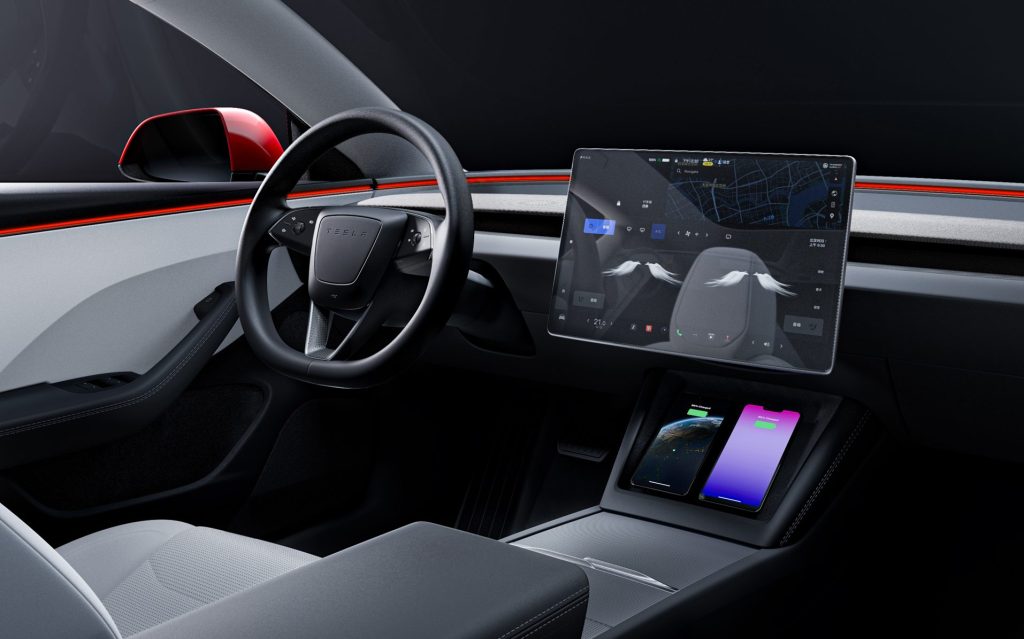
Functions such as selecting drive and reverse, adjusting door mirrors and climate control airflow are adjusted via the 15in touchscreen in the centre of the dash, which also doubles as the speedometer and instrument panel.
Other car makers are guilty of putting once simple functions onto complex screen menus — Volkswagen’s new ID.7 electric saloon also requires you to access an on-screen setting for adjusting the direction in which the air vents are pointed, for example, while the Tesla-like interior of the Volvo EX30 electric crossover has controls for the rear fog light on the central display, as well as those for adjusting the door mirrors.
Edmund King, president of the AA, who tested the latest Tesla Model 3 last week, wrote in a blog: “I’ve tried not to be a luddite, but I did find the total lack of any dashboard dials very daunting. In front of the steering wheel, there is a void. There are no dials.
“Getting into the car late at night and pulling away felt like I had no lights on, as nothing illuminates the dash in front of you — because there isn’t one.
“Car [controls] need to be intuitive for all drivers so they can concentrate on the road ahead rather than the screen to the side. Euro NCAP has been transformative in crash protection and saved countless lives, so it is reassuring that it is addressing how design may lead to driver distraction.”
American study backs up Euro NCAP
Research by the American Automobile Association (AAA) suggests that big screens in cars could be quite dangerous.
The study, which looked at 30 vehicles driven along a two-mile stretch of suburban road, involved 120 different drivers, all with a clean driving licence. AAA experts monitored these drivers to see how distracted they became when conducting supposedly simple tasks such as entering a destination into the navigation system, searching for a song or audio track, or making a call on their phone, all using the cars’ integrated systems.
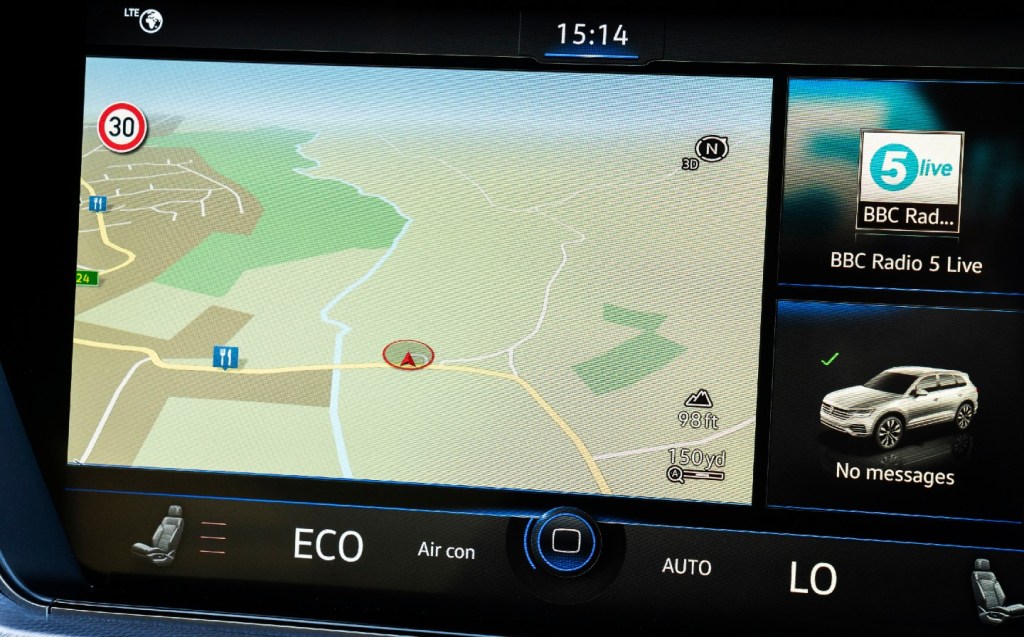
Surprisingly, the AAA’s study found that entering a new destination into the navigation was the most distracting task of all, ahead of text messaging, but there were effectively no winners in the research. None of the cars tested received a “low demand” score when it came to using their infotainment systems, and only seven of the thirty were rated as being of “moderate” demand. The rest were either “high” or “very high” demand.
In fact, for entering a destination into the navigation, drivers were found to be taking their eyes of the road and/ or hands off the steering wheel for up to 40 seconds at a time. Doing that while driving at the 25mph speed limit of the test route, the car would travel for as much as 1,500 metres while the driver was, effectively, not in control.
While some of the cars tested were American market-only models, such as the Cadillac XT and Dodge Durango, many of the cars have been on sale here in the UK, including the Audi Q7, Ford Fusion (which was previously sold here as the Mondeo), Hyundai Santa Fe, Jeep Grand Cherokee, Kia Sorento, Mazda3, Tesla Model S, Toyota RAV4 and Volvo XC60.
Voice-control is not the answer
Curiously, the study found that using the controls on the centre of the dashboard, whether a touchscreen or physical buttons, was less distracting overall than using voice commands, or using buttons or trackpads mounted down on the centre console.
Voice-based commands did come with less visual distraction, according to the study, but the researchers felt that this was outweighed by the longer times needed to interact with the system.
The AAA urged drivers to “remember that just because technologies come installed in a vehicle does not mean automaker testing has proven they are safe to use while driving. Use these infotainment technologies only for legitimate emergencies or urgent, driving-related purposes. Car makers should improve their infotainment systems by designing systems that are no more demanding than listening to the radio or an audiobook.”
David Yang, executive director of the AAA Foundation for Traffic Safety, said: “New infotainment and in-vehicle information systems have greatly expanded in recent years, creating a wide array of tasks that motorists can perform while behind the wheel. Given the potential safety concerns, understanding how these new technologies impact drivers’ workload and performance is paramount.”
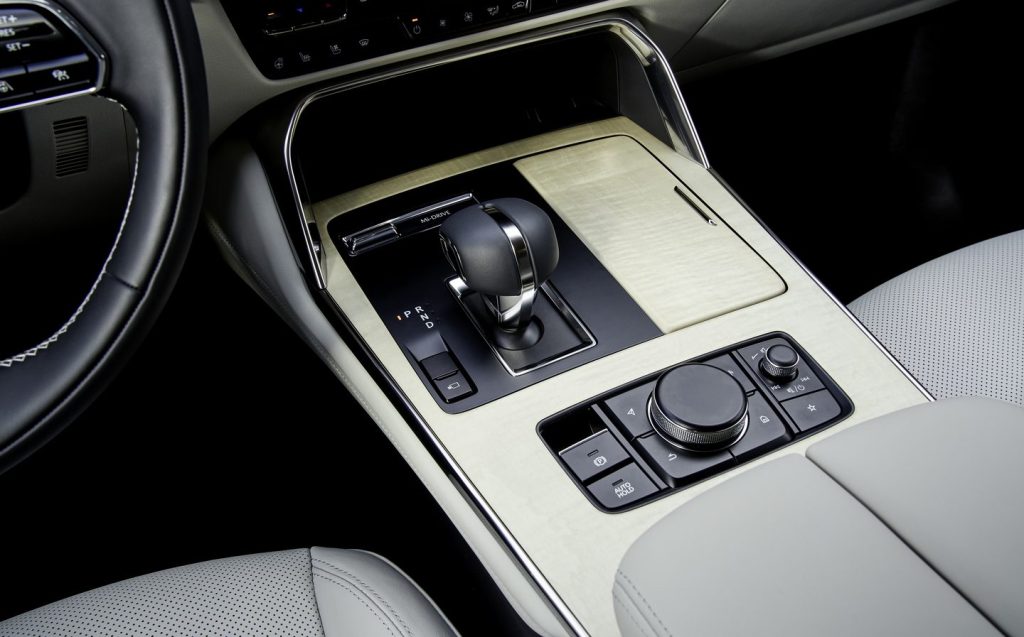
What’s the solution? Mazda, for one, feels that physical controls still have a significant role to play.
“Doing our research, when a driver would reach towards a touchscreen interface in any vehicle, they would unintentionally apply torque to the steering wheel, and the vehicle would drift out of its lane position,” said Matthew Valbuena, Mazda North America’s lead engineer for its infotainment systems.
“And of course with a touchscreen you have to be looking at the screen while you’re touching so, for that reason we were comfortable removing the touchscreen functionality.”
Mazdas instead have a small, tactile click-wheel located between the front seats, which many drivers find more intuitive and less distracting than pressing virtual buttons on a screen. BMW uses a similar system in many of its models (albeit its screens are also touch-sensitive) and has won praise from the likes of What Car? magazine for not doing away with this iDrive controller.
Related articles
- If you were interested in the Euro NCAP’s plans to encourage car makers to rely less on touchscreens, you might like to read our investigation into driver distractions.
- Also take a look at this story about Jaguar’s prototype system that ‘talks’ to traffic lights to relieve congestion
- Audi worked on a similar system that allowed its cars to ‘talk’ with traffic lights
Latest articles
- Should I buy a diesel car in 2025?
- F1 2025 calendar and race reports: The new Formula One season as it happens
- Zeekr 7X AWD 2025 review: A fast, spacious and high tech premium SUV — but someone call the chassis chief
- Denza Z9GT 2025 review: Flawed but sleek 1,062bhp shooting brake from BYD’s luxury arm
- Extended test: 2024 Renault Scenic E-Tech review
- Best-selling cars 2025: The UK’s ten most popular models of the year so far
- Audi A6 Avant 2025 review: Trusty executive estate ticks expected boxes, and there’s still a diesel option
- Keir Starmer eases pressure on carmakers to sell EVs in response to ‘global economic headwinds’
- Ferrari 12Cilindri Spider review: Heady blend of traditional and futuristic becomes even more intoxicating after lid is removed


